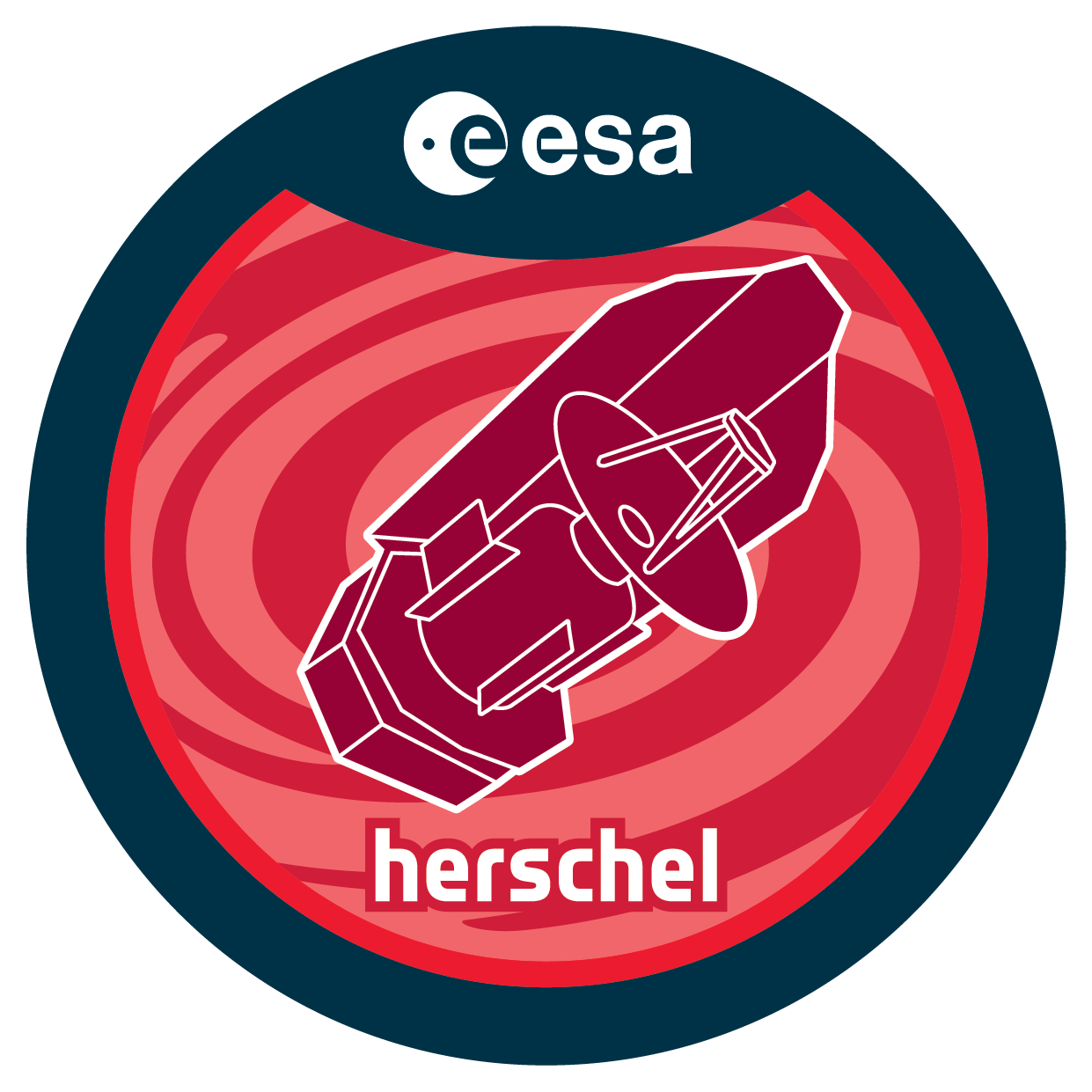| Description |
In the local universe, most of the observable matter is contained instellar objects shaping the morphology and dynamics of their parentgalaxy. In view of the dominance of stellar mass, a betterunderstanding of star formation and its consequences is mandatory andforms a central topic of contemporary astrophysical research. Thereexist a large number of high linear resolution studies related toindividual star forming regions of the Galaxy as well as of low linearresolution studies of external galaxies. For a complete view onto thephysical and chemical processes driving star formation and galacticevolution it is, however, essential to combine local conditionsaffecting individual star formation with properties only becomingapparent on global scales.The optimal target providing such a complete view is a galaxy that is actively forming stars, that is not seen edge-on (like our Galaxy), that has been studied at radio, optical and X-ray wavelengths, and that is sufficiently nearby to also permit studies on smallscales. For our carefully chosen template galaxy, we plan to use HIFI to obtain fully-sampled large-scale CII (and H2O) maps. PACS will add important interstellar cooling lines, OI, NII, NIII. And SPIRE & PACS will be used to map the dust spectralenergy distribution over the entire galaxy.Observing a deep, extended strip along the major axis of our template galaxy M33, will allow us to study the ionized, atomic, and molecular phases of the interstellar medium, its life cycle andthermal balance, tracing the formation of molecular clouds and of stars. Aside of insightsrelated to the local processes in the galaxy itself,the mapped source will set a standard, providing a basis for the interpretation of phenomena encountered in other targets of the Local Group and in more distant galaxies. |

